What Is NBR Rubber?
Overview of Oil-Resistant NBR Rubber (Nitrile Butadiene Rubber)
-
What Is NBR Rubber?
NBR (Nitrile Butadiene Rubber) is a synthetic rubber created through the copolymerization of acrylonitrile and butadiene. It is renowned for its excellent resistance to oil, solvents, and various chemicals, making it widely used in industrial applications.

OIL-RESISTANT RUBBER TIGER-JAPAN
-
Chemical Composition
-
Acrylonitrile (ACN): Enhances oil and solvent resistance. ACN content typically ranges from 18% to 50%:
-
High ACN content → Better oil resistance but reduced elasticity.
-
Low ACN content → Better elasticity but lower oil resistance.
-
-
Butadiene: Provides elasticity, abrasion resistance, and flexibility.
-
Characteristics of NBR Rubber
-
Excellent resistance to oils and solvents, especially mineral oils, engine oils, and fuels.
-
Good abrasion, tear resistance, and mechanical strength.
-
Temperature resistance from −40°C to around 120°C (depending on formulation).
-
Good water resistance but not durable in ozone, UV, and harsh weather environments.
-
Properties can be adjusted by varying ACN content or adding specific additives.
-
Applications of NBR Rubber
-
Automotive Industry:
-
Gaskets, seals, fuel and oil hoses.
-
Sealing components for hydraulic oil systems.
-
-
Oil and Gas Industry:
-
Oil-resistant rubber hoses, gaskets in oil pumps.
-
-
Glove Manufacturing:
-
Protective gloves, chemical-resistant medical gloves.
-
-
Machinery Components:
-
Oil-resistant seals, gaskets, fuel hoses.
-
-
Consumer Products:
-
Rubber pads, oil-resistant footwear.
-
-
Limitations of NBR Rubber
-
Poor resistance to sunlight, UV rays, and ozone.
-
Not resistant to strong acids or aggressive solvents like ketones and esters.
-
Can harden and become brittle when exposed to excessive heat for prolonged periods.
-
Comparison Between NBR and Other Rubber Types
| Property | NBR (Nitrile Rubber) | NR (Natural Rubber) | EPDM | Silicone |
|---|---|---|---|---|
| Oil Resistance | Very Good | Poor | Poor | Moderate |
| Temperature Range | −40°C to 120°C | −50°C to 80°C | −50°C to 150°C | −60°C to 250°C |
| Elasticity | Moderate | Very Good | Good | Moderate |
| Chemical Resistance | Good (Oils, Solvents) | Poor | Very Good (Chemicals, Ozone) | Very Good |
| Ozone & Weather Resistance | Poor | Moderate | Very Good | Very Good |
| Mechanical Strength | Good | Very Good | Moderate | Moderate |
-
NBR Variants
-
XNBR (Carboxylated NBR): Offers enhanced abrasion resistance and mechanical strength.
-
HNBR (Hydrogenated NBR): Improved resistance to heat, ozone, and chemicals.
-
Summary
NBR rubber is an ideal material for applications requiring oil, solvent, abrasion, and moderate temperature resistance. However, it should be protected from sunlight, ozone, and strong chemicals to maintain long service life.
📞 Contact PME – Your Trusted Industrial Equipment Partner
Phuc Minh Engineering Co., Ltd (PME) specializes in:
✅ Supplying genuine industrial equipment, pumps, valves, and water treatment systems.
✅ Consulting, installation, and maintenance for factories and production lines.
Contact Information:
- 🌐 Website: www.pm-e.vn
- 📧 Email: info@pm-e.vn
- ☎️ Tel: +84 (28) 3535 2125 | Fax: +84 (28) 3535 0254
- 📍 Address: 92/38 Street No.12, KP18, Binh Hung Hoa Ward, Binh Tan District, Ho Chi Minh City, Vietnam
- 📱 Zalo: 0902 720 814 – 0907 450 506 – 0902 800 728 – 0979 737 351
👉 PME – Delivering Reliable Engineering Solutions for Every Factory in Vietnam.
Related News
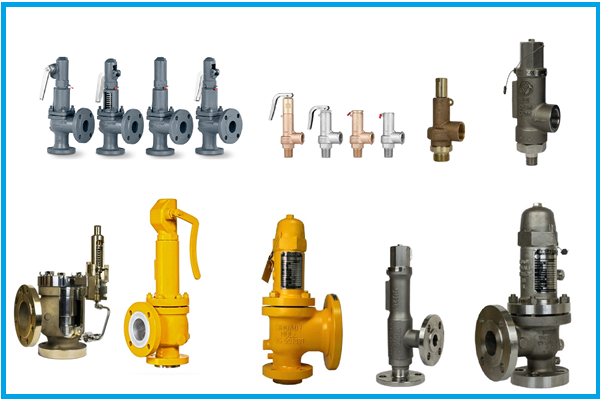
Benefits and uses of safety valves
05/11/2025
Safety valves are essential devices in industrial systems, designed to protect equipment and ensure operator safety. Below is a detailed analysis of the benefits and applications of safety valves.
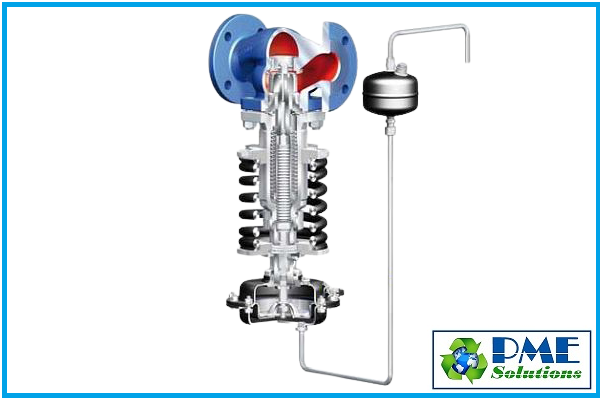
Benefits, Functions, and Applications of Pressure Reducing Valves
05/11/2025
Pressure reducing valves, also known as pressure regulating valves, are critical devices in industrial piping systems that help control and maintain safe pressure levels, protecting equipment from damage due to overpressure. Below is a detailed analysis of the benefits, functions, and applications of pressure reducing valves.
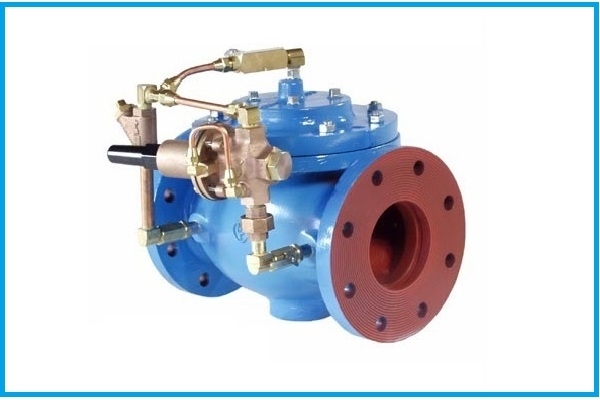
What is a pressure reducing valve? Structure, Operating Principle, Adjustment and Classification of Pressure Reducing Valves.
05/11/2025
Pressure Reducing Valve is also known as pressure regulator, pressure stabilizer, pressure regulating valve, etc. It is a type of industrial valve installed on the pipeline, with the function of reducing pressure and stabilizing output pressure, so that the output pressure is always smaller than the input pressure of the system, helping fluids to be easily transmitted to different devices. but the pressure is not too different.
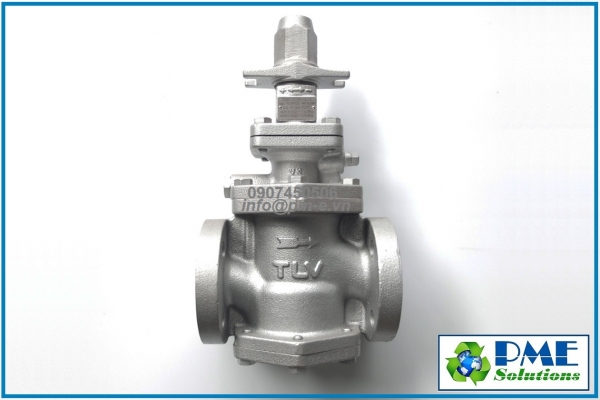
Overview Of Pressure Reducing Valve (Prv)
05/11/2025
A Pressure Reducing Valve (PRV) is a device used to regulate and maintain a constant downstream pressure by reducing high inlet pressure to a safe and stable level. It plays an essential role in protecting piping systems, equipment, and ensuring operational safety from overpressure. PRVs are widely applied in: Steam systems Compressed air systems Water distribution systems Hydraulic and industrial process systems
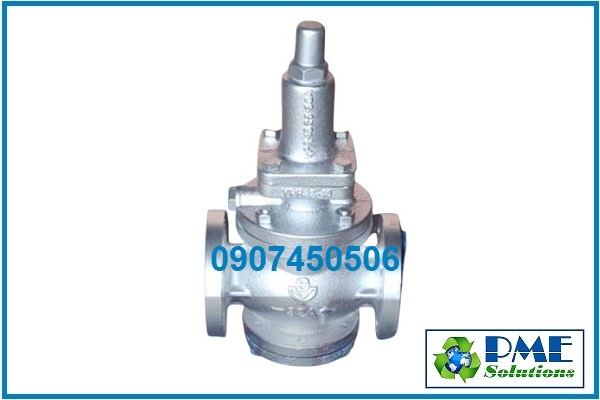
WORKING PRINCIPLE OF SAMYANG PRESSURE REDUCING VALVE
05/11/2025
Samyang pressure reducing valve is an automatic pressure control device widely used in steam, air, water, and hydraulic systems. Manufactured in Korea, Samyang valves are designed to stabilize outlet pressure, protect equipment, and extend the lifespan of piping systems.









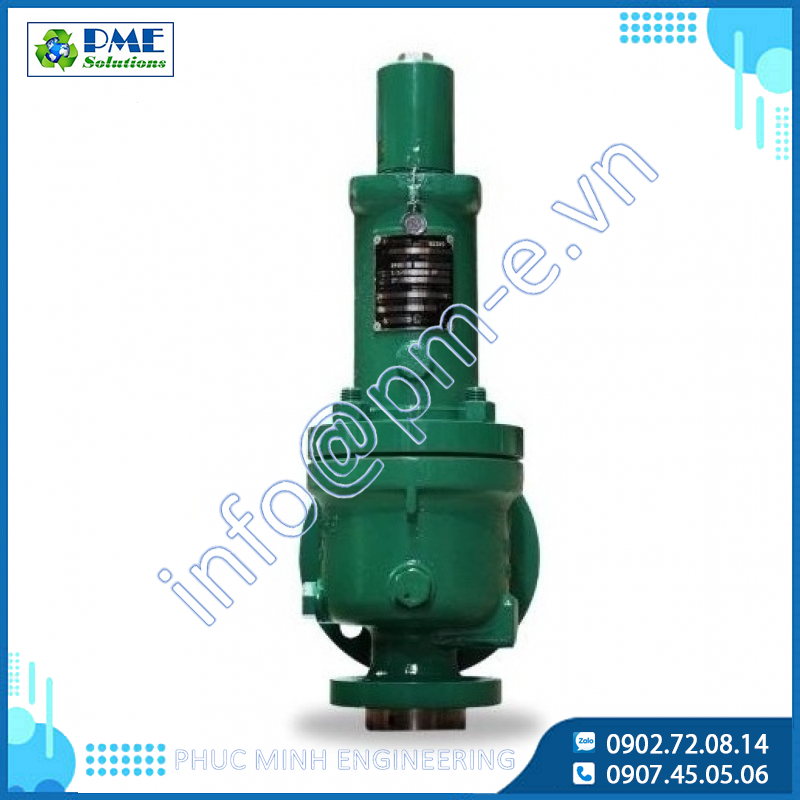
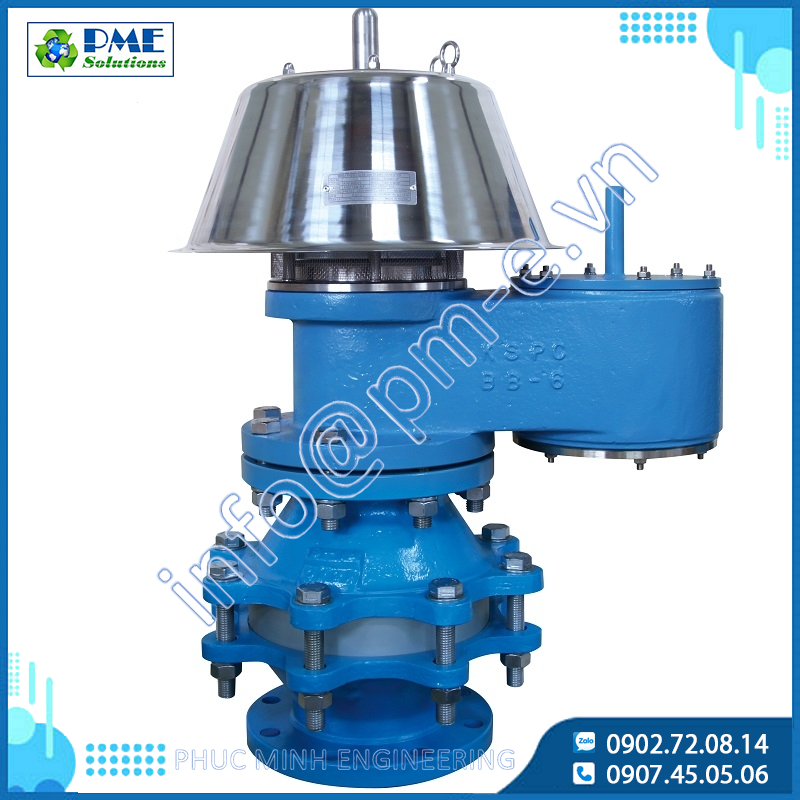
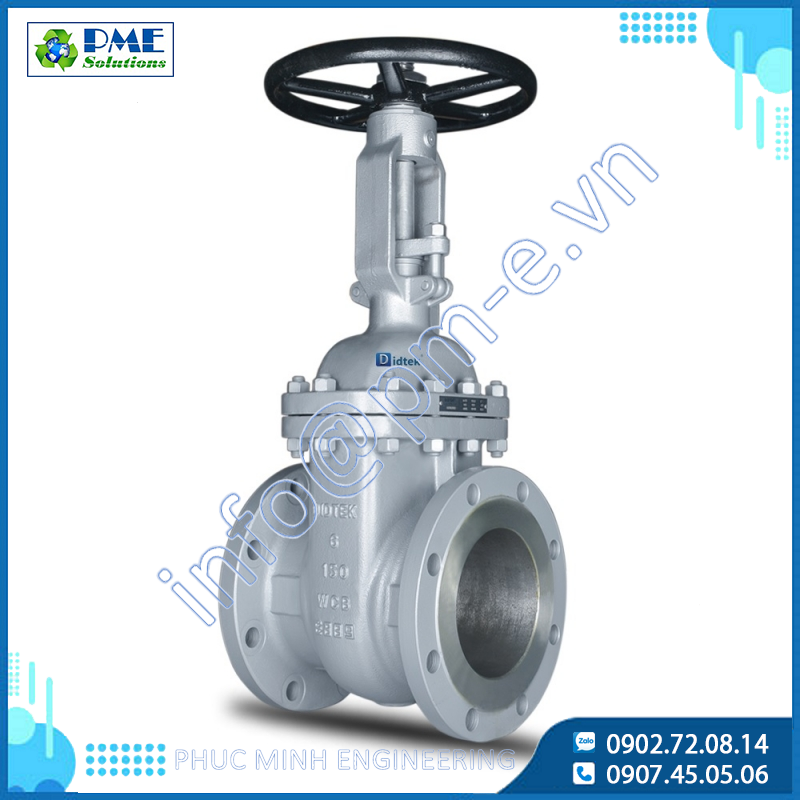
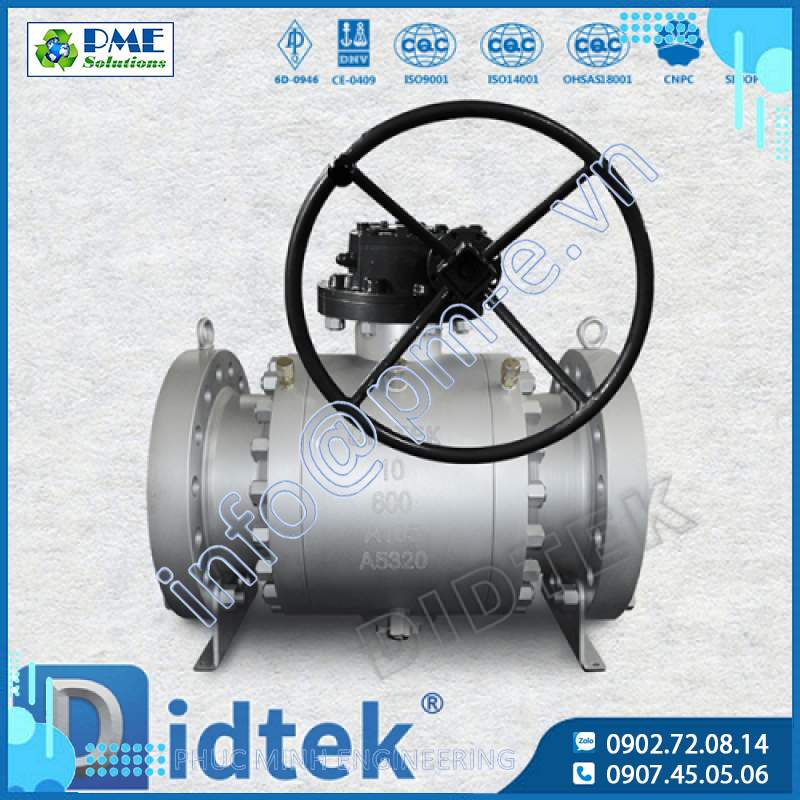
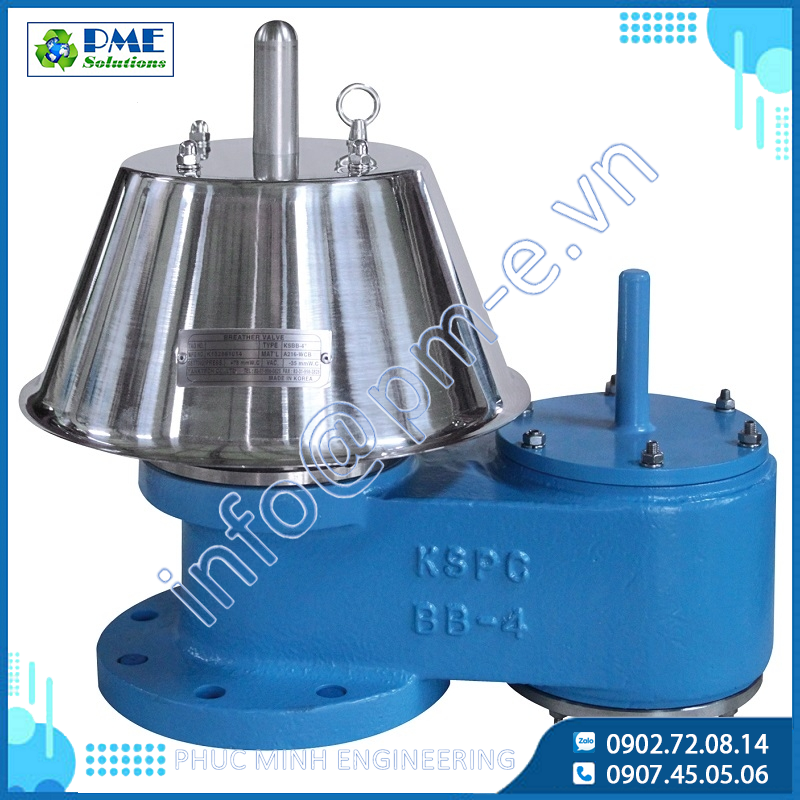
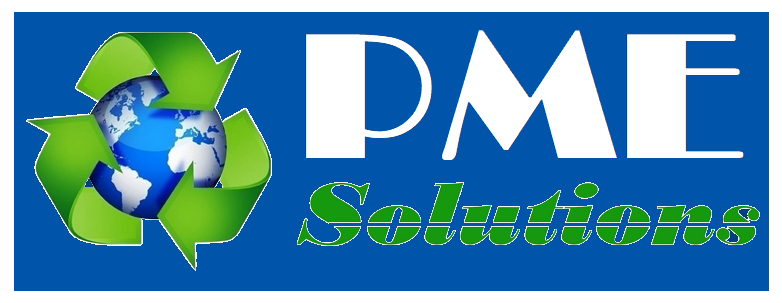

.png)






